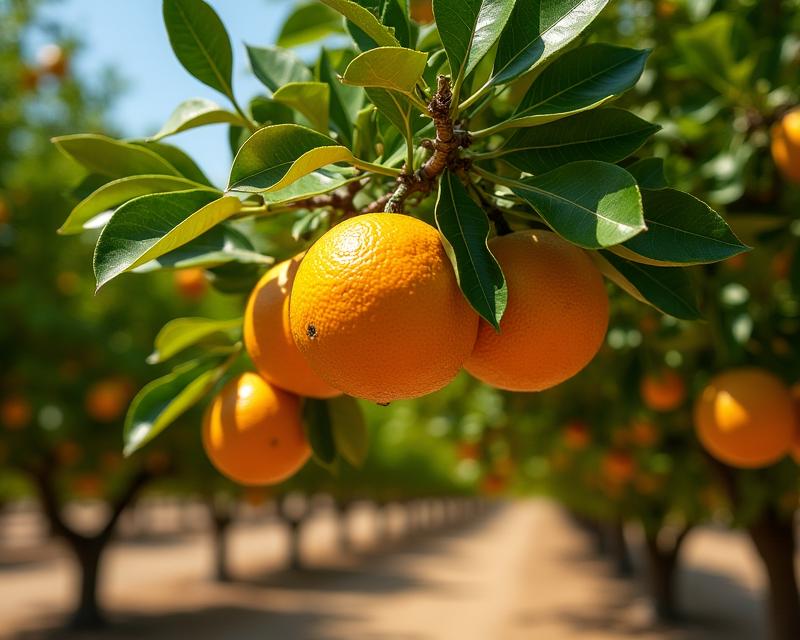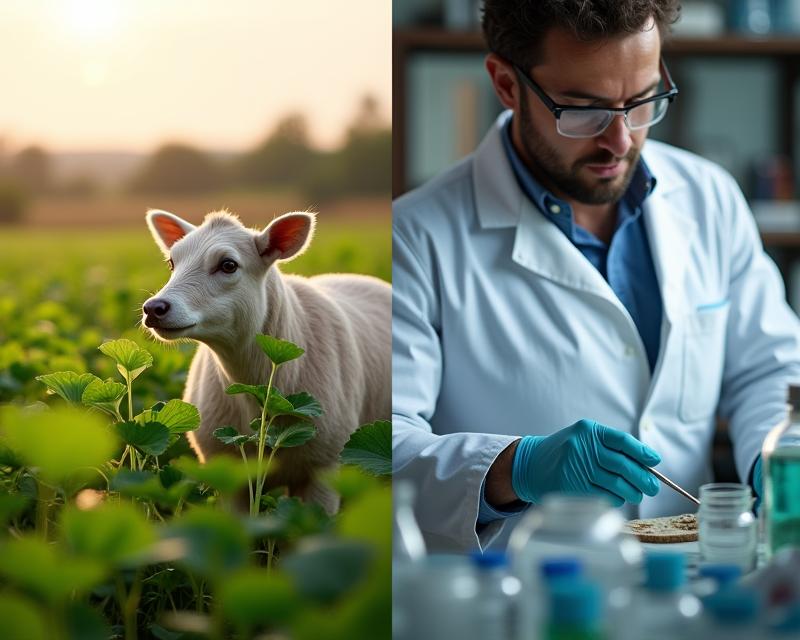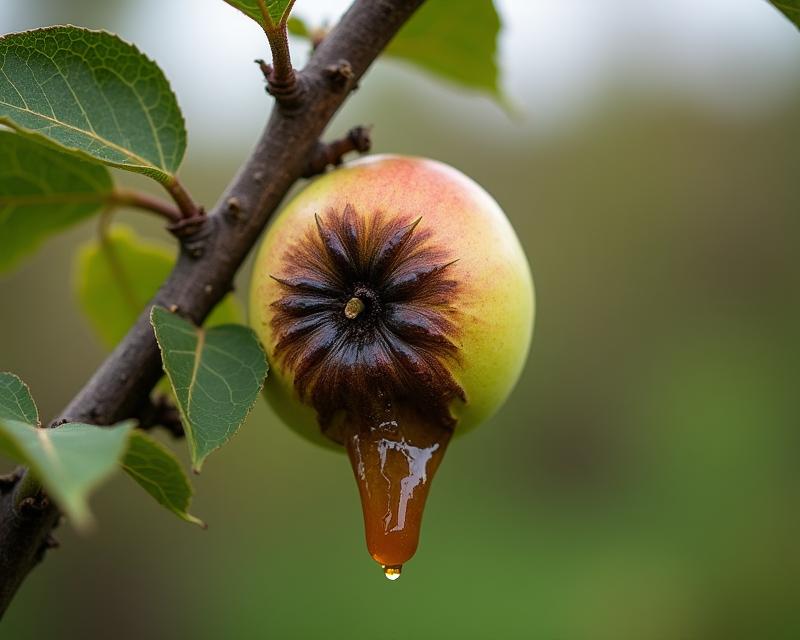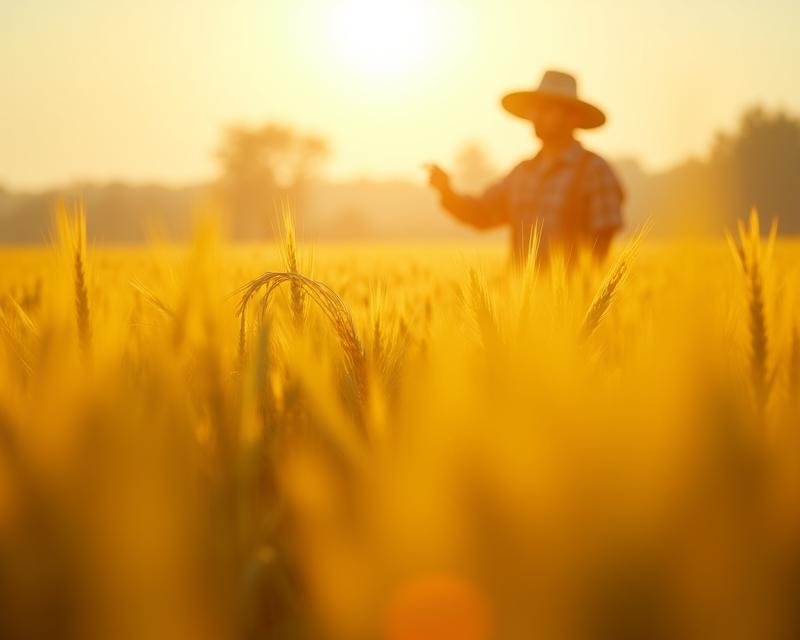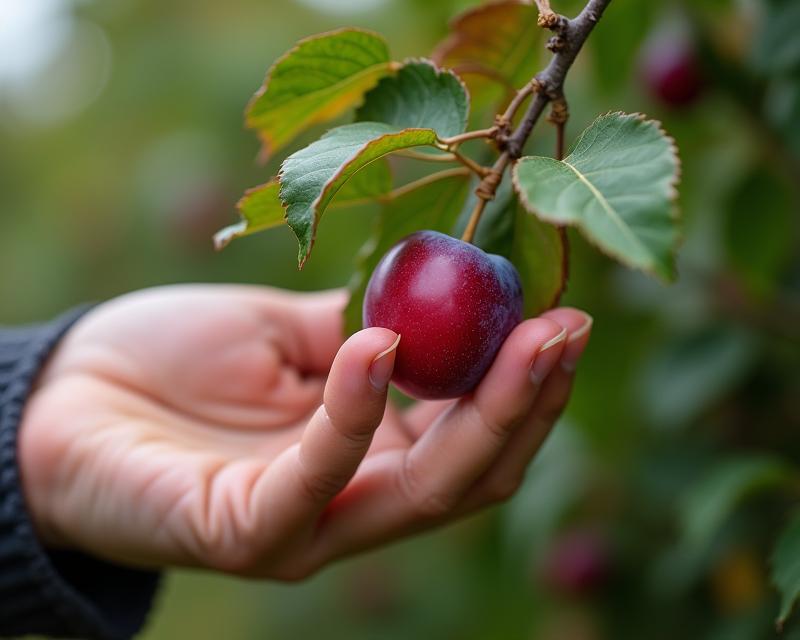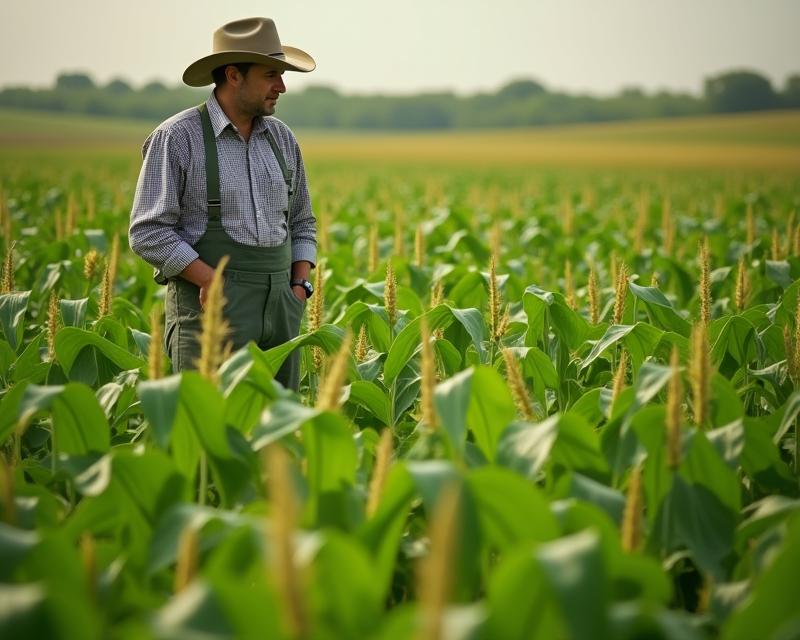Drought-Resistant Crops: Thriving in Dry Climates
Publish in Crops el 28/06/2025 22:20
Drought-Resistant Crops: Thriving in Dry Climates
Water scarcity is a growing concern for farmers worldwide. Choosing the right crops is crucial for success, especially in regions prone to drought. Fortunately, many plants have evolved to thrive with minimal water, offering sustainable farming options. This article explores some of the best drought-resistant crops, providing insights into their benefits and cultivation.
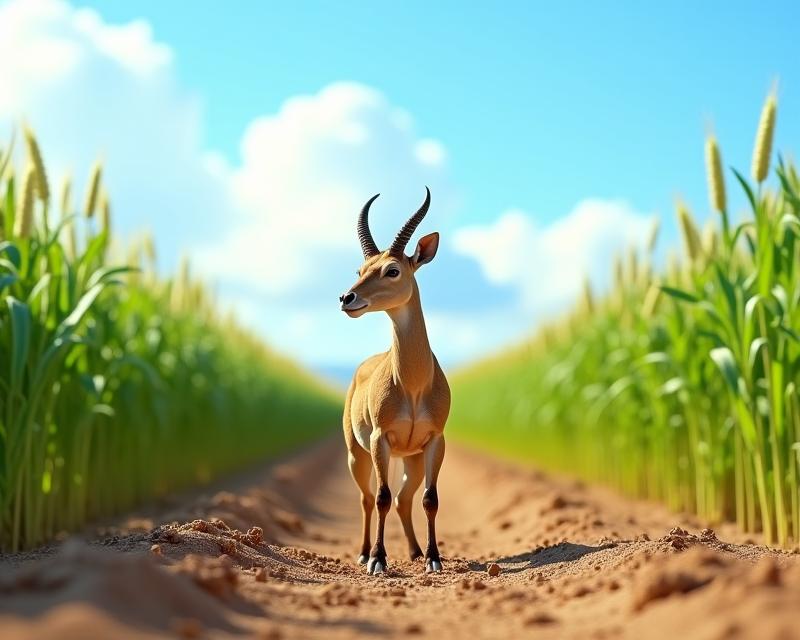
Understanding Drought Tolerance
Before diving into specific crops, it's important to understand what drought tolerance entails. It's not just about surviving without water; it's about efficiently using the water available. Drought-tolerant plants often have deep root systems to access groundwater, waxy leaf coatings to reduce water loss, and the ability to slow growth during dry periods. Understanding these mechanisms helps farmers select crops best suited to their specific climate and soil conditions.
Top Drought-Resistant Crop Choices
Here are some excellent crop options for dry climates:
- Sorghum: A versatile grain crop, sorghum is highly drought-tolerant and can withstand high temperatures. It's used for grain, forage, and biofuel production.
- Millet: Another excellent grain option, millet is known for its rapid growth and ability to thrive in poor soils. It's a staple food in many arid regions.
- Cowpeas (Black-Eyed Peas): These legumes fix nitrogen in the soil, improving soil fertility. They are also remarkably drought-tolerant and produce edible beans.
- Pumpkins: Surprisingly, pumpkins are quite drought-tolerant once established. Their deep roots allow them to access water deep in the soil.
- Okra: This heat-loving vegetable thrives in hot, dry conditions. It's a popular ingredient in many cuisines and is relatively low-maintenance.
- Amaranth: A nutritious grain and leafy green, amaranth is incredibly resilient and can tolerate a wide range of conditions, including drought.
Water-Wise Farming Practices
Selecting drought-resistant crops is only part of the solution. Implementing water-wise farming practices is equally important. These include techniques like no-till farming (which improves soil water retention), mulching (which reduces evaporation), and efficient irrigation methods like drip irrigation. By combining drought-tolerant crops with smart water management, farmers can build resilient and sustainable agricultural systems, ensuring food security even in challenging environments.
